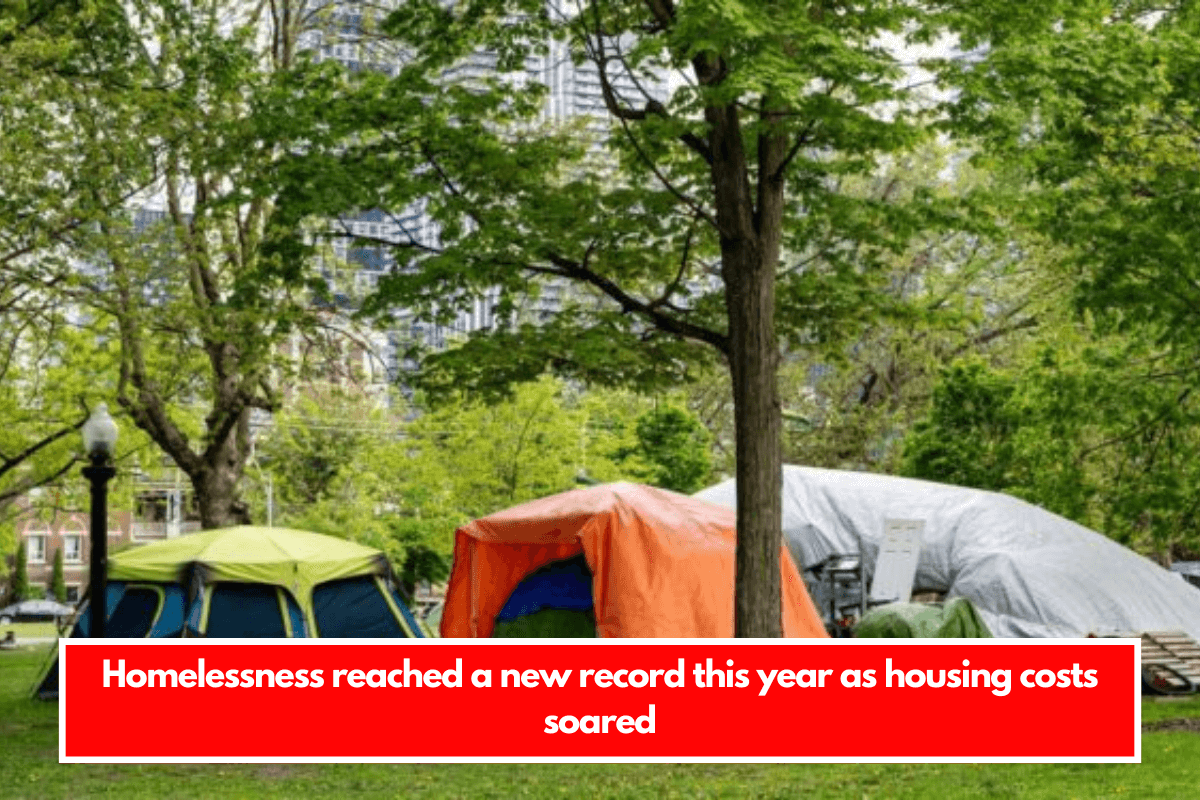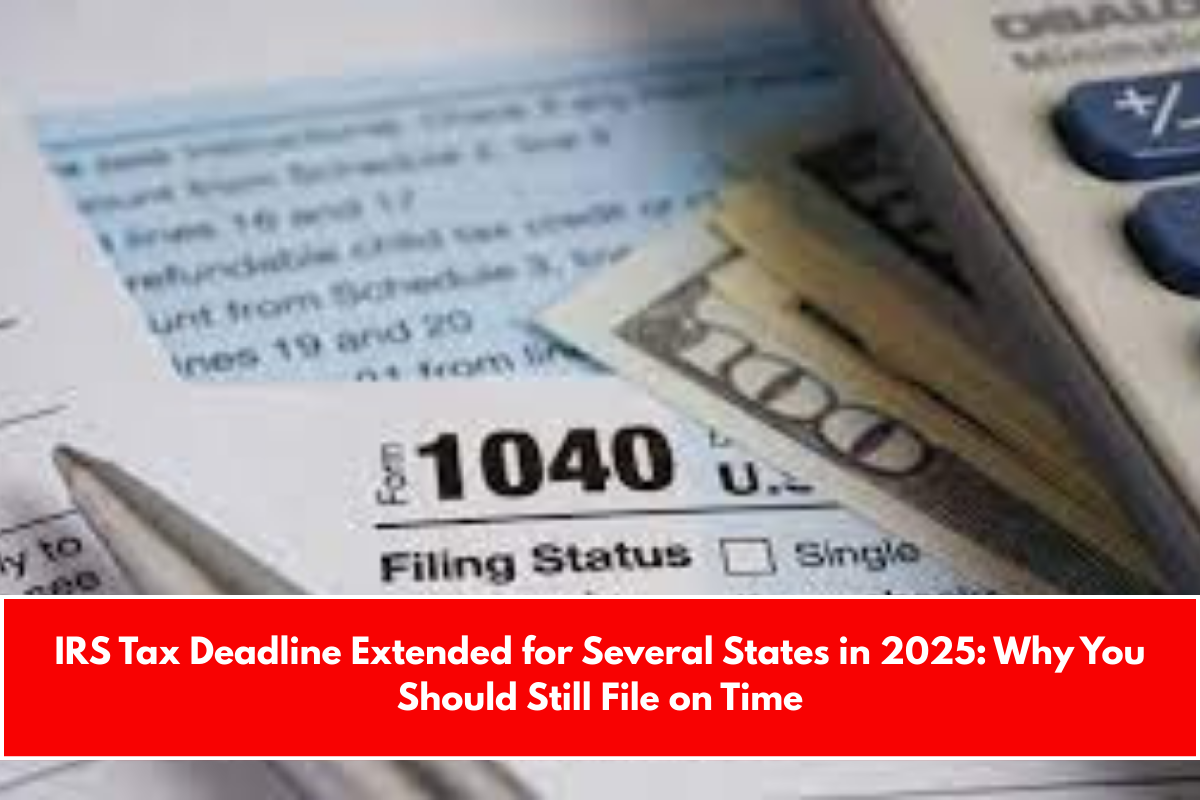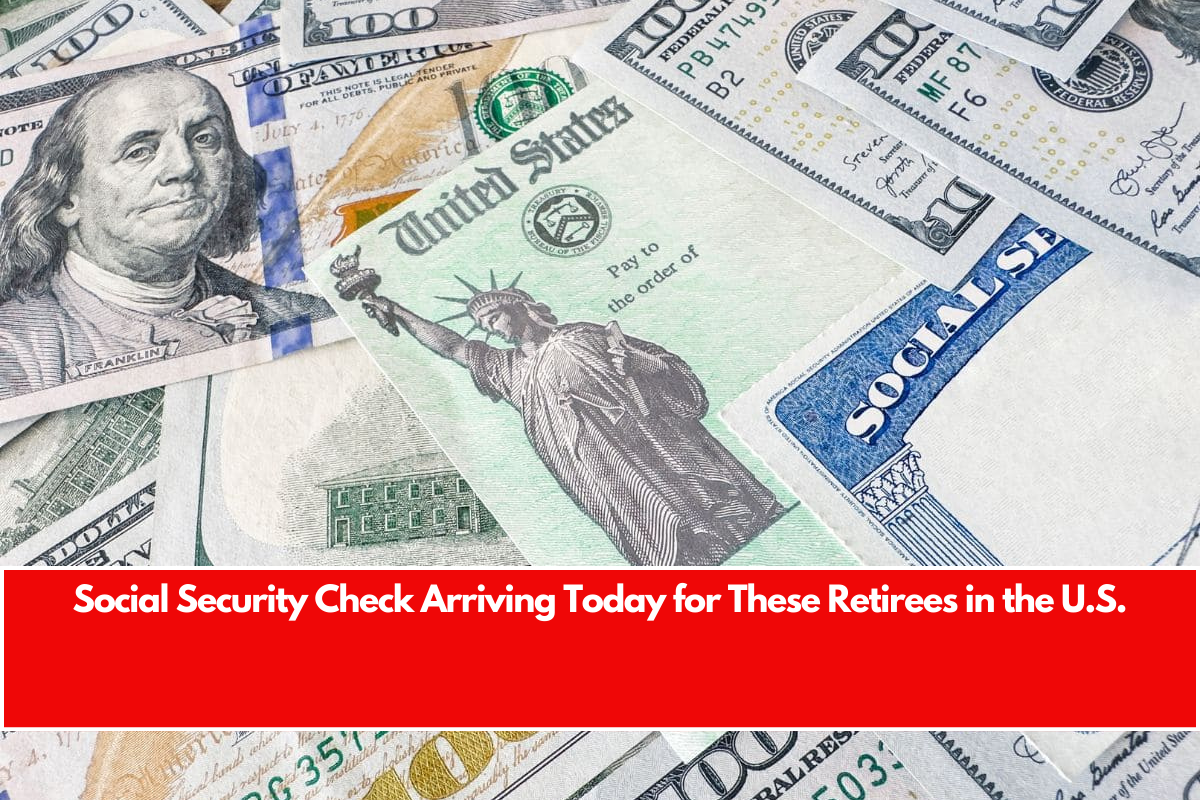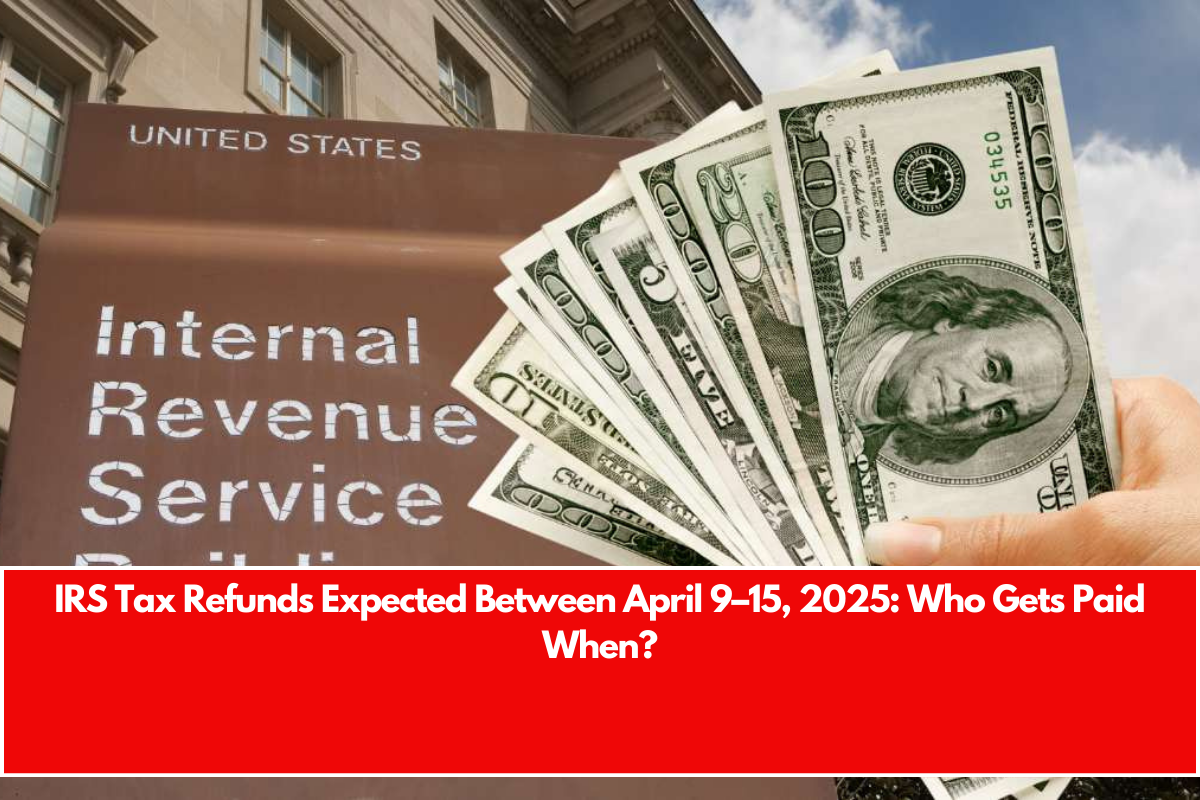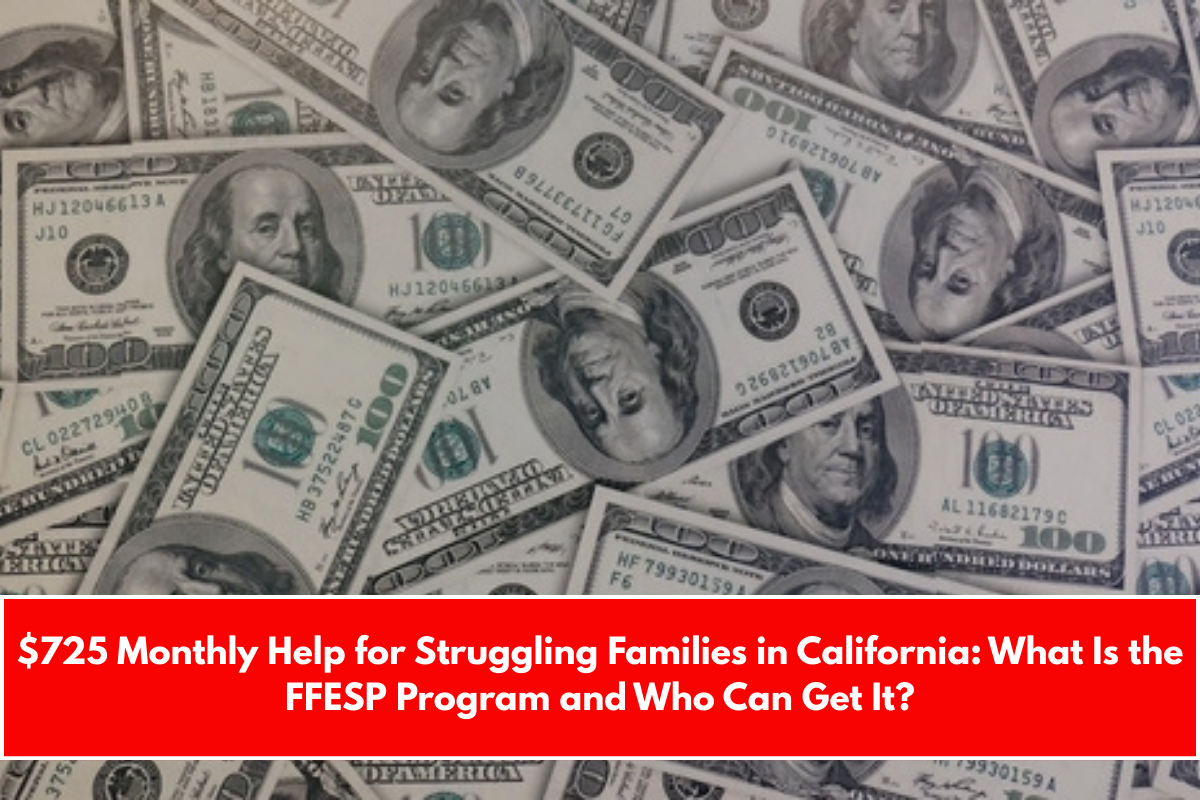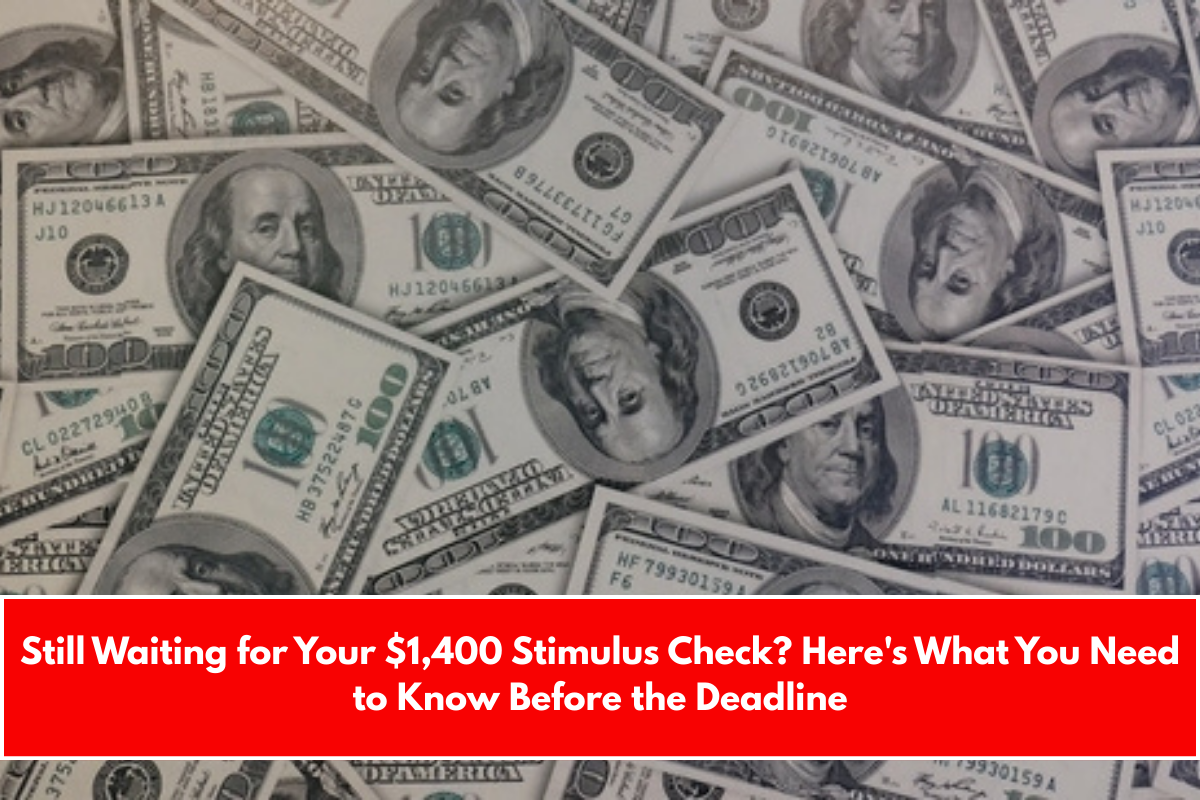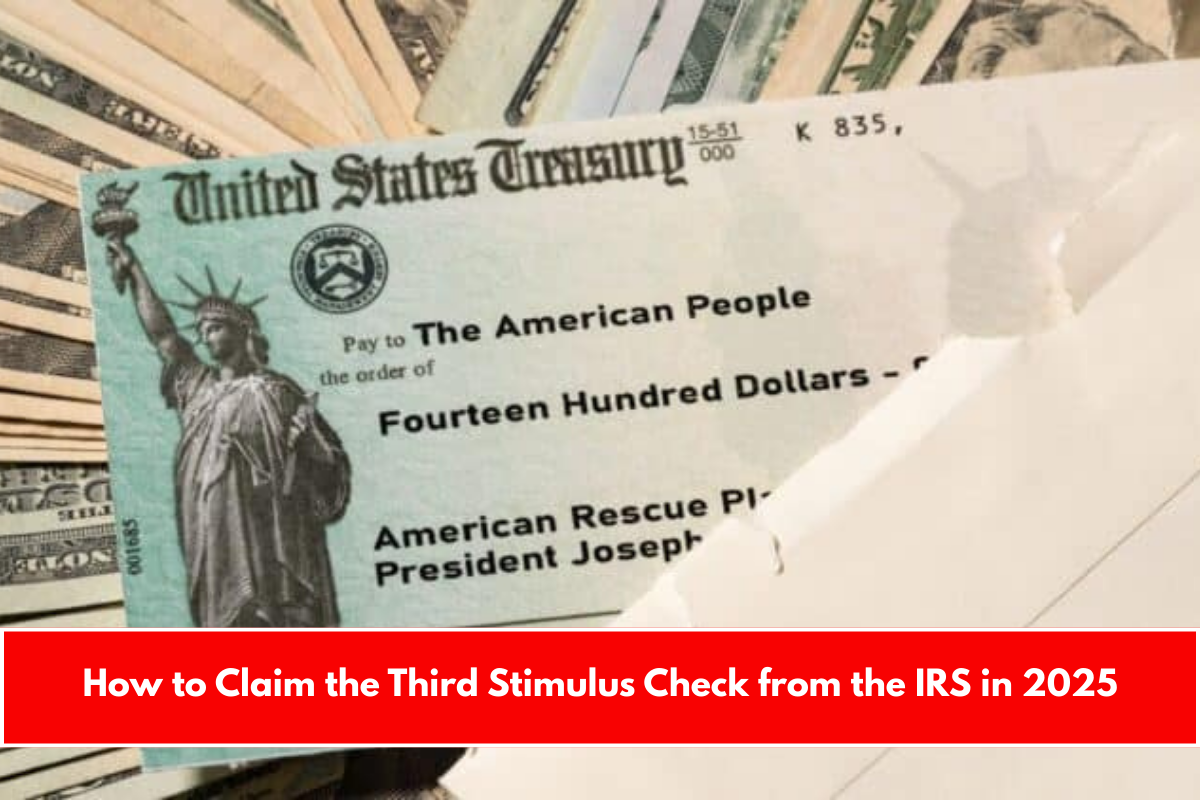Homelessness in the United States increased by 18.1% this year, reaching a new high, driven primarily by a lack of affordable housing, as well as devastating natural disasters and an influx of migrants in some regions, federal officials said Friday.
More than 770,000 people were counted as homeless in federally required tallies taken across the country on a single night in January 2024, according to a new report from the US Department of Housing and Urban Development.
The estimate is likely to underestimate the number of unhoused people because it excludes people who are staying with friends or family because they do not have their own place.
This increase builds on a 12% increase in 2023, which HUD attributed to rising rents and the end of pandemic assistance. The increase in 2023 was also driven by people experiencing homelessness for the first time.
Vulnerable Americans have been particularly hard hit in the post-pandemic years, as many government programs, including the eviction moratorium, have ended.
At the same time, housing costs are rising, causing a record number of renters to be cost-burdened, meaning they spend more than 30% of their income on housing, according to the Harvard Joint Center for Housing Studies.
“There are more people than ever before who require assistance with their rent. More people than ever before are becoming homeless for the first time,” wrote the National Alliance to End Homelessness, a nonprofit dedicated to preventing and ending homelessness, in a post about the HUD report.
Overall, the numbers represent 23 out of every 10,000 people in the United States, with Black people overrepresented among the homeless.
“No American should face homelessness,” HUD Secretary Adrianne Todman said in a statement, adding that the emphasis should remain on “evidence-based efforts to prevent and end homelessness.”
However, because the report is based on data collected nearly a year ago, it may not accurately reflect current conditions, the statement added.
For example, illegal crossings at the US-Mexico border have decreased this year, after migrant arrests reached record highs under President Joe Biden, peaking at 250,000 in December 2024.
A rise in family homelessness
Among the most concerning trends was a nearly 40% increase in family homelessness, which was one of the areas most affected by migrants’ arrival in major cities.
According to HUD, family homelessness more than doubled in 13 migrant-impacted communities, including Denver, Chicago, and New York City, while it increased by less than 8% in the remaining 373.
Nearly 150,000 children were homeless on a single night in 2024, a 33% increase from the previous year.
Disasters also contributed to the increase in the count, particularly last year’s catastrophic Maui wildfire, the deadliest in the United States in more than a century. On the night of the count, more than 5,200 people were housed in emergency shelters in Hawaii.
“Increased homelessness is the tragic, yet predictable, consequence of underinvesting in the resources and protections that help people find and maintain safe, affordable housing,” Renee Willis, the National Low Income Housing Coalition’s incoming interim CEO, said in a statement.
“As advocates, researchers, and people with lived experience have warned, the number of people experiencing homelessness continues to increase as more people struggle to afford sky-high housing costs.”
Bans on camping
The figures also come as an increasing number of communities take a tough stance against homelessness.
Angered by dangerous and filthy tent camps, communities, particularly in Western states, have enacted camping bans. This follows the Supreme Court’s 6-3 ruling last year, which found that outdoor sleeping bans do not violate the Eighth Amendment.
Homeless advocates contended that punishing those who require a place to sleep would criminalize homelessness.
The count revealed some good news, as homelessness among veterans continued to decline. Homelessness among veterans fell by 8% to 32,882 in 2024. Unsheltered veterans saw an even larger decrease, falling 11% to 13,851 in 2024.
“The reduction in veteran homelessness offers us a clear roadmap for addressing homelessness on a larger scale,” said Ann Oliva, CEO of the National Alliance to End Homelessness, in a statement.
“With bipartisan support, adequate funding, and smart policy solutions, we can build on this success and reduce homelessness nationwide. Federal investments are critical to addressing the nation’s housing affordability crisis and ensuring that every American has access to safe, stable housing.”
Cities where homelessness is declining
Several large cities have successfully reduced their homeless populations. Dallas, which worked to overhaul its homeless system, saw a 16% drop in numbers from 2022 to 2024. Since 2023, unsheltered homelessness in Los Angeles has decreased by 5% due to increased housing for the homeless.
California, the most populous state in the United States, continues to have the highest number of homeless people, followed by New York, Washington, Florida, and Massachusetts.
The sharp increase in the homeless population over the last two years contrasts with the success the United States has enjoyed for more than a decade.
Going back to the first 2007 survey, the United States made steady progress in reducing the homeless population for nearly a decade, with the government focusing particularly on increasing investments to help veterans find housing. The number of homeless people decreased from approximately 637,000 in 2010 to around 554,000 in 2017.

